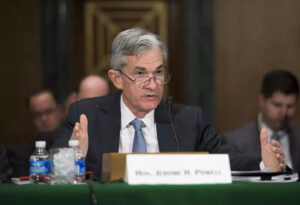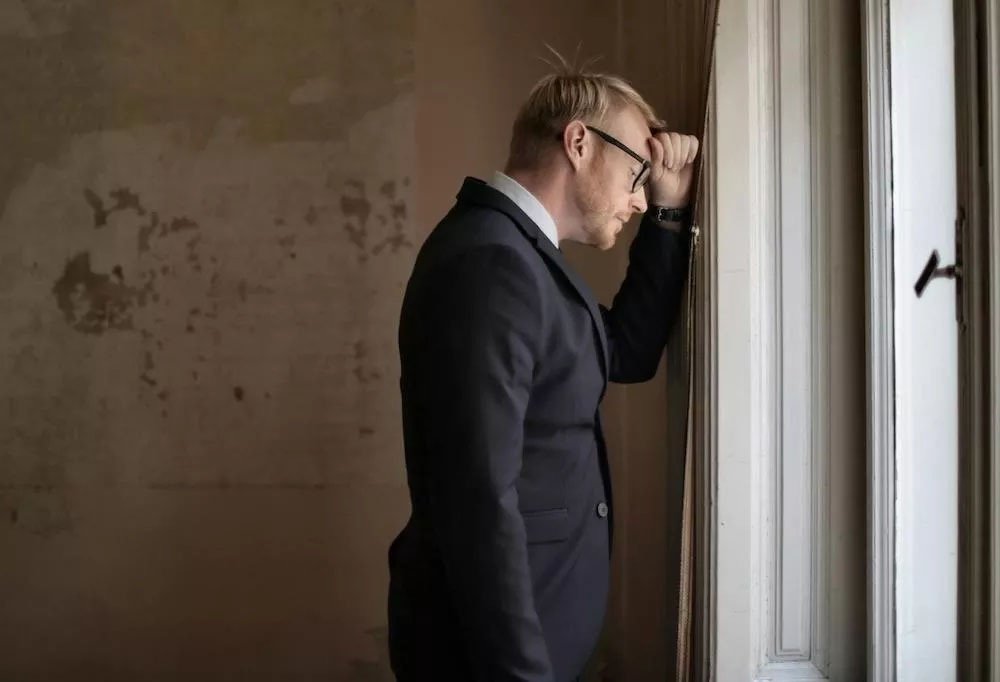By Taylor Driscoll, BISNOW
 Image Credit: BISNOW
Image Credit: BISNOW
‘The first half of this year was supposed to be when interest rates began coming down, providing a lifeline to struggling commercial real estate owners. But it now appears the Federal Reserve may not be coming to the rescue anytime soon.
Following Wednesday’s consumer price index report showing that inflation rose 3.5% year-over-year in March, the expert consensus around interest rate expectations has shifted, with economists pushing back their predictions for when rates will begin to fall and lowering the number of cuts they expect this year. Some even think another rate hike may be in store.
Several commercial real estate leaders and economists told Bisnow that interest rates remaining higher for longer could cause further pain in the industry, as owners who were holding out for near-term cuts are faced with the prospects of halting projects, selling assets and handing back keys to lenders.
But there could be a silver lining for the commercial real estate industry, experts say, as owners giving up on waiting for rate cuts could lead to more buying opportunities and increase transaction activity.
"There's no rest for the weary," LHMeyer CEO Derek Tang, an economist who focuses on Fed policy, wrote in an email to Bisnow. "CRE was initially hoping for a quick easing cycle, which would buy investors time to regroup and restructure and hopefully face lower rates once loans roll over or investors consider selling. Instead, high inflation means the Fed will keep interest rates higher than otherwise, depressing valuations now and reducing hope that there is quick relief."
This period of high interest rates — which started with the first increase in March 2022, followed by 10 more hikes through last summer and flat rates since — continues to cause pain for commercial real estate. But Joy Construction principal Eli Weiss notes that it came after years of low rates before 2022, a period he described as "drinking and feasting."
"Unfortunately, what our industry is experiencing right now is a hangover, right?" he said. "The hangover is going to last a little bit longer than we all wanted it to. But in reality, it's not as if that means that the industry is completely in a state of comatose. It will have to just weather through this."
This week's inflation numbers, paired with last week's strong jobs report, are the latest indicators that the Fed may push rate cuts back further than previously expected.
On Dec. 22, a report showed the personal consumption expenditure price index, another key inflation measure, fell by 0.1% from October to November, the largest decline since April 2020. This led traders to boost bets that the Fed would begin to cut rates in March.
At the beginning of the year, ING Chief International Economist James Knightley predicted that there could be up to six rate cuts starting in the second quarter.
The sentiment changed quickly as inflation numbers began to creep up in January, leading interest rate futures to shift predictions for the first cut from March to June.
March came and went without a rate cut, as the Federal Open Markets Committee held rates steady in the 5.25% to 5.5% range at their March 20 meeting. But a majority of members still said at the time they believe three interest rate cuts this year are appropriate.
After Wednesday's inflation report, Goldman Sachs and UBS economists changed their predictions for interest rate cuts this year, The Wall Street Journal reported. They had previously forecast three cuts starting in June, but now Goldman is predicting two cuts starting in July, and UBS is projecting two starting in September.
Federal Reserve Bank of Boston President Susan Collins said Thursday that rate cuts may still be coming this year, but the timing remains unknown, Yahoo Finance reported.
"Overall, the recent data have not materially changed my outlook, but they do highlight uncertainties related to timing and the need for patience,” Collins said in a speech at the Economic Club of New York.
"It may take longer to discern whether the economy is sustainably on a path back to 2% inflation, and thus less easing of policy this year than previously thought may be warranted," she added.
Some leaders have even said that more rate hikes may still be on the table. JPMorgan Chase CEO Jamie Dimon said that interest rates could potentially increase to more than 8% to curb inflation and geopolitical stress, the WSJ reported.
Former Treasury Secretary Larry Summers said there is a chance that the next rate move will be upward. He estimated it as a possibility in the 15% to 25% range, but it is one that "you have to take seriously," Bloomberg reported.
Walker & Dunlop CEO Willy Walker said Wednesday he worries Fed officials aren’t taking commercial real estate’s problems as seriously as they should.
"That’s my big concern … they sit there and say, 'OK, there's a couple industries which are very interest rate dependent: housing, autos, commercial real estate,'" he said on his Walker Webcast. "They're only 20% of the economy, and the rest is all cranking along, so why do we need to do anything because we don't want to screw up the other 80%?"

Federal Reserve Chairman Jerome Powell
For many in the commercial real estate sector, this change in interest rate expectations has put a damper on their strategy, as some have time-sensitive projects and maturing loans that need to be dealt with soon.
"For the people who need to rely on debt markets, they are going to feel pain. And for the people who have capital to deploy, they will have opportunity," Weiss said about interest rates staying high. "It's sort of like a forest fire. It's very, very painful to watch, painful to live through, but it does regenerate the forest. So round and round we go."
Suffolk Construction CEO John Fish said that "time is not on our side" for the commercial real estate industry due to the amount of debt maturing in the near future. Newmark this month estimated that $929B of CRE loans will come due this year.
"Many of us in the real estate and construction industries have seen a trainwreck coming for quite some time," Fish wrote in a statement. "With interest rates at their current levels, the refinancing of that debt on existing assets will be extremely difficult, and available liquidity for new construction loans could be virtually non-existent."
Yasmine S. Antoine, Esq., chief operating officer and general counsel at H.J. Russell & Co., said that the pain will be asset class-dependent with some, like data centers, being "unphased" by high interest rates.
"Whereas the multifamily market (including affordable housing) is the most impacted because the financial returns are drastically reduced by increased loan costs and cap rates as well as the fact that every facet of the build process comes through the supply chain," she said in a statement.
Some real estate executives see the prospect of interest rates staying higher as a factor that could lead to an increase in transaction activity and create opportunities for investors.
Peachtree Group CEO Greg Friedman said that while high interest rates will continue to push down CRE asset values, he sees them as one of several factors that could lead to a rebound in deal volume this year.
Last year, commercial property sales volume stood at $374.1B nationally, a 51% drop from the year prior, according to MSCI's 2023 Capital Trends report.
"While transaction volume has dropped to its lowest in a decade, I anticipate a turnabout of activity with several factors converging," Friedman said in an email.
"These include the maturity of nearly $1T in debt this year in a constrained debt market - particularly for traditional banks under regulatory pressure, widespread ownership fatigue due to balance sheet stress and reduced expectations for a lower interest rate environment. This combination, especially the latter, is expected to be the primary catalyst spurring activity in the transaction market, as sellers are forced to have more realistic pricing expectations."

Peebles Corp. Executive Vice President Donahue Peebles III said he thinks that interest rates remaining high will keep transaction activity down overall, but it does present new opportunities.
"A prolonged tightening cycle largely yields more of the same for CRE," Peebles wrote in an email. "Transaction volume will continue to be depressed, refinancing property debt will be challenging in the near term, and the sector as a whole faces increased risk of distress with office at the epicenter of the discussion."
But Peebles added that interest rates staying high could help his firm to "play offense," and last week it launched a new private credit arm, Willowbrook Partners, to provide rescue capital to struggling owners.
"From a credit perspective, many incumbent lenders are constrained by underperforming or distressed paper creating opportunity for new entrants to win market share," he said. “We think we’re in a position to play offense while other firms are focusing on dealing with distress in their existing book. A prolonged tightening cycle will shrink the total number of deals being done, but increase the % of deals where a flexible private credit solution is needed.”
Joy Construction's Weiss said that if interest rates do not get cut soon, there will be more pain in the sector for those who were holding out for lower rates to start or refinance projects.
"This is where Darwinism and real estate sort of intersect," Weiss said. "The weaker developers or sponsors who can't weather this financially will ultimately either need to sell to stronger sponsors or give keys back to the bank. That starts the ecosystem of opportunity."
Credit: BISNOW


No comments.